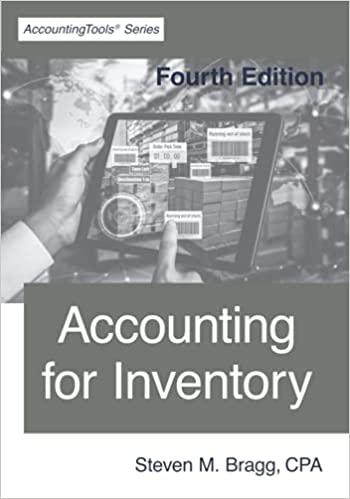P4.7 You have the following information from a restaurant operation: Balance Sheets, December 31 Assets Cash Credit card receivables Accounts receivable Food inventory Prepaid expenses Land Building Equipment Furnishings Accumulated depreciation Total Assets Year 0007 $ 9,100 4,920 5,280 14,600 3,800 32,000 315,800 66,640 16,660 ( 113,700) $335,100 Year 0008 $ 14,200 6,240 6,160 13,900 4,500 32,000 323,200 73,200 18,300 ( 124,500) $367,200 Liabilities & Stockholders' Equity Accounts payable Bank note payable Income tax payable Accrued expenses payable Mortgage payable (current) Long-term mortgage payable Common stock Retained earnings Liabilities & Stockholders' Equity Year 0007 $ 16,700 4,900 12,500 7.100 10,400 192,000 10,000 101,500 $335.100 Year 0008 $ 12,500 3,600 12,600 7,500 12,100 180,900 10,000 128.000 $367,200 Income Statement (Condensed) For the Year Ending December 31, 0008 Sales revenue* $742.600 Cost of sales $301,900 Operating expenses 381,200 Total Operating Costs ( 683,100 Operating income, before interest $ 59,500 and tax I Interest expense 19,400) Income before tax $ 40,100 Income tax 12.600) Net Income $ 27.500 *Sales revenue consisted of 26% cash, 62% credit cards, and 12% accounts receivable. From the information given, calculate the following: a. Working capital for Years 0007 and 0008 b. Current ratio for Years 0007 and 0008 c. Quick ratio (Acid test ratio) for Years 0007 and 0008 d. Credit card receivables as a percentage of credit card sales revenue for Year 0008 e. Credit card receivables turnover ratio based on credit card sales revenue for Year 0008 f. Credit card receivables average collection period ratio, based on credit card sales revenue for Year 0008 g. Accounts receivable as a percentage of accounts receivable credit sales revenue for Year 0008 h. Accounts receivable turnover ratio based on accounts receivable credit sales revenue for Year 0008 i. Accounts receivable average collection period based on accounts re- ceivable credit sales revenue for Year 0008 j. Total assets to total liabilities for Years 0007 and 0008 k. Total liabilities to total assets for Years 0007 and 0008 I. Total liabilities to stockholders' equity for Years 0007 and 0008 m. Net return on total assets for Year 0008 n. Number of times interest is earned for Year 0008 0. Net income to total sales revenue ratio for Year 0008 p. Return on stockholders' equity for Year 0008 4. Food inventory turnover ratio for Year 0008 r. Property, plant, and equipment (fixed assets) turnover ratio for Year 0008 Comment on any of the calculated ratios that appear unusually high or low or totally out of range of what is considered acceptable










